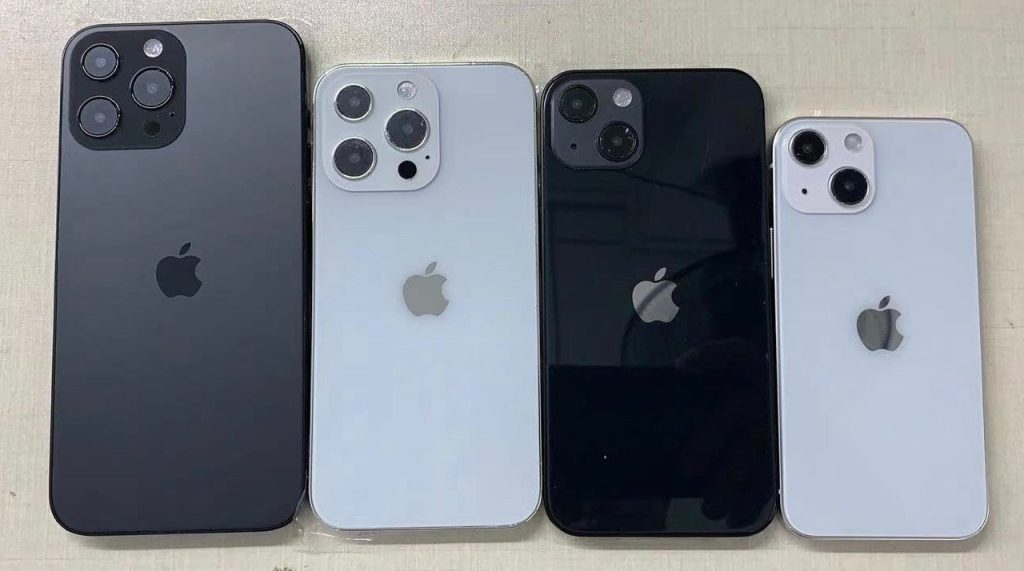iPhone 15 brings more than simply a brand new look. It’s a carbon-neutral device with 75% recycled aluminum and 100% recycled cobalt inside the battery. It features USB-C and an upgraded MagSafe connector.
It also uses a custom image signal processor, as well as Neural Engine to deliver a improved camera experience. Dynamic Island is an adaptable bar which displays alerts from apps in the form of alerts, and is now available across every model.
Impact
One of the major improvements over to iPhone 14 is the inclusion of USB-C ports. This means Apple’s new phones will no longer use Lightning cables, but don’t fret about it, you’ll be able to use your existing chargers and battery packs that are portable.
The iPhone 15 and iPhone 15 Pro will come with a six-core GPU in the A17 chip. The result will be faster, more sustained gaming performance than ever before.

With the new processor it is expected to provide 10% improvement in speed for your CPU, 30 percent reduction in power consumption, and better graphics performance. This makes iPhone 15 and the iPhone 15 and iPhone 15 Pro perfect for avid gamers or anyone who needs a robust mobile device.
Apple’s preferred custom chip is built on TSMC’s latest 3nm technology. It’s 25 percent smaller and more tightly packed. The reduced size will mean that the chip draws less power, and it is also more efficient. This is important since it makes it possible for iPhone 15 battery last longer.
A16 Bionic chip
Every year Apple launches a new version of the A-series of system-on-chip that pairs with its new iPhone models. This year’s model is dubbed A16 Bionic and it’s the fastest processor that has ever been designed to run a smartphone.
The A16 Bionic is built on the TSMC’s 4nm process technology. The number of transistors has increased only slightly in the range of 15 to 16 billion and the cores remain identical (two high-performance as well as four power efficiency).
This year’s processor is capable to process more complex algorithms to enable sophisticated camera functions like real-time image stabilization. The A16 Bionic is also equipped to handle more functions with less power, thanks an increase in capacity of memory.
The A16 Bionic’s CPU cores that are performance can reach 3.5GHz, which is faster that the Snapdragon 8 Gen 2’s prime Cortex-A53 core. It’s able to perform multiple tasks at the same at the same time. It also has a lower thermal budget that allows for thinner phones and longer battery lives. It also has a dedicated ProRes codec and AV1 decoder which should help improve the streaming of videos.
Performance and efficiency
The custom processor in the iPhone 15 is faster than its predecessor, but it uses less power. It could also help solve the excessive heat issues some users have had to deal with.
Apple’s latest A17 Pro chip uses a three-nanometer technology to pack more transistors into the same chip. Its efficiency core is said to help it run fast but consumes less power than the predecessor. Moreover, the 3nm process boosts the overall performance.
TSMC The manufacturer of Apple’s chips, began production on the A17’s 3nm technology. It means the chips will be less bulky and more powerful, allowing the use of about 30 to 35 percent more power than their 5nm counterparts. This could be a big boon for the battery life of the next iPhones. Apple claims that the A17’s enhancements represent an “dramatic leap” over last year’s A16 Bionic chip, however tests on Geekbench don’t support this as of yet.
Apple Silicon
When Apple held its big iPhone launch event this week custom Arm-compatible chips got an undeserved amount of attention. The newly released A17 Pro chip in the iPhone 15 is an important one. The chip is the first manufactured by the 3-nanometer process from TSMC. That results in less power.
The central processing unit of the chip is 10% faster than the A16’s, and its GPU is undergoing “the biggest redesign in Apple history.” It allows hardware-accelerated ray-tracing that’s up to four times faster than rendering using software. The phone also has an option that lets the phone save 4K-quality video straight to storage, and also provides compatibility with the Academy Color Encoding System used by film makers.
This power will mean better battery life for the iPhone. But it’s too early to know if the benefits is going to be realized. The next-generation of iPhones will have stronger chips that can run more efficiently, use less power, and deliver higher performance.